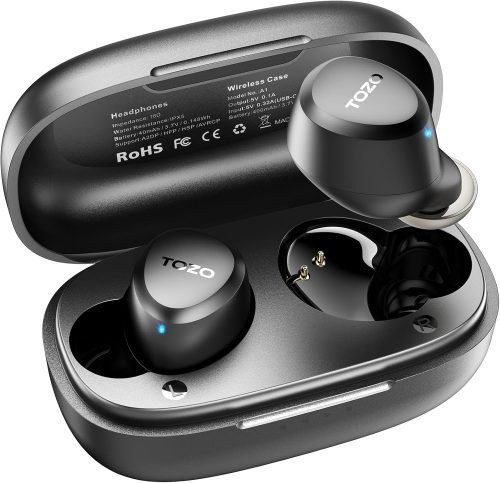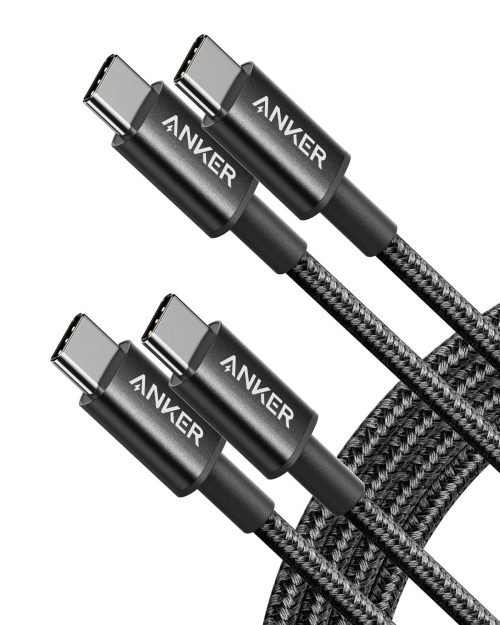
When deciding between over-ear and in-ear headphones, you might find yourself pondering which option aligns best with your preferences and lifestyle. Both types have their unique strengths, whether it’s the immersive sound quality of over-ear headphones or the portability and noise isolation of in-ear ones. But what about comfort, fit, and overall user experience? The debate between over-ear and in-ear headphones goes beyond just sound quality, delving into various aspects that can significantly impact your listening enjoyment.
Sound Quality
When comparing over-ear and in-ear headphones, the sound quality is often a deciding factor for many consumers. Over-ear headphones generally provide a richer and more immersive sound experience due to their larger drivers and ear cup design. The larger size allows for better bass response and overall audio quality, making them a preferred choice for audiophiles or those who enjoy deep, powerful sound.
On the other hand, in-ear headphones are known for their portability and noise isolation capabilities. While they may not match the sound quality of over-ear headphones, advancements in technology have significantly improved the audio performance of in-ear models. Many high-end in-ear headphones now offer crystal-clear sound reproduction with detailed highs and mids, making them a convenient option for on-the-go listening without compromising too much on sound quality.
Ultimately, when it comes to sound quality, the choice between over-ear and in-ear headphones boils down to personal preference and priorities. Whether you prioritize robust sound or portability, both options offer a range of choices to cater to different audio needs.
Comfort and Fit
Considering comfort and fit is crucial when deciding between over-ear and in-ear headphones.
Over-ear headphones typically have larger ear cups that surround your ears, providing a comfortable fit for extended listening sessions. The cushioning on the ear cups and headband helps distribute pressure evenly, reducing discomfort.
In-ear headphones, on the other hand, sit inside your ear canal. They’re smaller and lighter, making them a more portable option, but the fit can vary depending on the ear tips used. Finding the right ear tip size is essential for both comfort and sound quality.
Over-ear headphones are known for their comfort over long periods, as they don’t put pressure directly on your earlobes. However, they can get warm after wearing them for a while.
In-ear headphones are more discreet and don’t get your ears as warm, but some people may find them uncomfortable for long periods, especially if the ear tips don’t fit well. Ultimately, comfort preferences vary from person to person, so trying out both types before making a decision is recommended.
Portability and Convenience
For individuals on the go, the portability and convenience of headphones play a significant role in their decision-making process. When choosing between over-ear and in-ear headphones, consider how often you’ll be using them outside of your home or office. In-ear headphones are compact and lightweight, fitting easily into your pocket or bag, making them ideal for travel, commuting, or exercising. Their small size allows for easy storage and quick access when you’re on the move.
On the other hand, over-ear headphones are bulkier and less portable than their in-ear counterparts. While they may offer superior sound quality and comfort, they’re less convenient to carry around. If you prioritize convenience and need headphones that can accompany you wherever you go, in-ear headphones are the more practical choice.
Think about your daily routine and how you plan to use your headphones. If you value portability and convenience above all else, in-ear headphones are likely the better option for your on-the-go lifestyle.
Noise Isolation and Leakage
To enhance your listening experience and minimize distractions, understanding the noise isolation and leakage capabilities of headphones is crucial. Over-ear headphones typically offer better noise isolation than in-ear ones due to their larger ear cups that can cover your ears completely. This design helps block out external noise, allowing you to focus on your music or podcasts without being disturbed by your surroundings.
In-ear headphones, on the other hand, provide a snug fit inside your ear canal, which can also help isolate noise to some extent. However, the level of noise isolation can vary depending on the quality of the ear tips and how well they fit in your ears. Some high-end in-ear headphones come with multiple ear tip options to ensure a secure fit and improved noise isolation.
When it comes to sound leakage, over-ear headphones tend to leak sound less compared to in-ear headphones. The larger ear cups of over-ear headphones contain the sound better, preventing it from escaping and bothering those around you. In-ear headphones, especially at higher volumes, may leak more sound due to their proximity to the ear canal opening.
Trending Products



![Apple Watch Series 10 [GPS + Cellular 46mm case] Smartwatch with Silver Aluminium Case with Denim Sport Band – M/L. Fitness Tracker, ECG App, Always-On Retina Display, Water Resistant](https://beastlytechs.com/wp-content/uploads/2025/03/61szkHk7xfL._AC_SL1500_-499x593.jpg)










